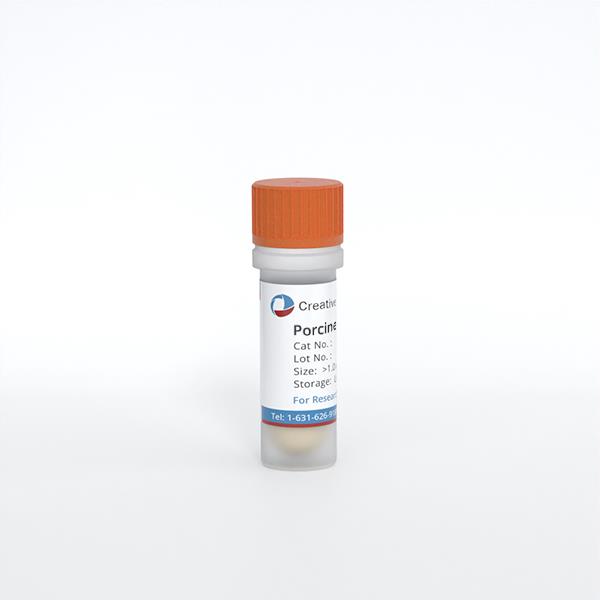ONLINE INQUIRY

Porcine Lymphatic Fibroblasts
Cat.No.: CSC-C4894L
Species: Pig
Source: Lymph Node
Cell Type: Fibroblast
- Specification
- Q & A
- Customer Review
Never can cryopreserved cells be kept at -20 °C.
The cryopreservation tubes can be placed in a 4℃ refrigerator for 10min, then moved to a -20℃ refrigerator for 30min, a -80℃ refrigerator for 2h or overnight, and finally placed in a liquid nitrogen tank. In order to save time, it is also possible to directly wrap a ball of cotton outside the cryopreservation box, use cotton instead of the slow cooling of the cryopreservation box, transfer the cells to the -80℃ refrigerator overnight, and then transfer them to the liquid nitrogen for preservation.
Ask a Question
Average Rating: 5.0 | 1 Scientist has reviewed this product
Precise results
The cell products enabled us to get more precise results from our experiments.
12 Aug 2023
Ease of use
After sales services
Value for money
Write your own review

